Loach - Sinibotia superciliaris
Scientific name: Sinibotia superciliaris
Common name: Loach
Family: Cobitidae
Usual size in fish tanks: 13 - 15 cm (5.12 - 5.91 inch)
014
Recommended pH range: 6.4 - 7.6
Recommended water hardness: 7 - 19°N (125 - 339.29ppm)
0°C 32°F30°C 86°F
Recommended temperature range: 22 - 27 °C (71.6 - 80.6°F)
The way how these fish reproduce: Spawning
Where the species comes from: South Asia
Temperament to its own species: peaceful
Temperament toward other fish species: peaceful
Usual place in the tank: Bottom levels
Food and Feeding
Sinibotia superciliaris, like many loaches, is an opportunistic feeder that will accept a wide variety of foods. As a bottom-dwelling species, it is essential to ensure they receive their share of food, as surface and mid-level feeders may consume floating food before it reaches them. A diet of sinking pellets or algae wafers should form the staple of their diet, supplemented with live or frozen bloodworms, brine shrimp, and daphnia as occasional treats. Offering these high-protein foods twice a week can help maintain their health and vitality.
Origin and Natural Habitat
The Sinibotia superciliaris loach is native to China, where it inhabits fast-flowing streams and rivers with rocky substrates. These waters are typically well-oxygenated and contain a diverse range of aquatic invertebrates, which form part of their natural diet. Their preference for moderate to strong currents should be considered when setting up an aquarium to replicate their natural habitat.
Sexing
There are no visible differences between male and female Sinibotia superciliaris. As with many loach species, subtle distinctions may be observed in body shape or size, particularly during the breeding season, but reliable sexing is difficult in a home aquarium setting.
Breeding
There are currently no known reports of successful captive breeding of Sinibotia superciliaris. In the wild, these loaches likely spawn during seasonal changes, possibly triggered by monsoon rains or fluctuations in water conditions. Given their natural habitat, it is speculated that strong water flow and temperature shifts could play a role in encouraging breeding behavior.
Lifespan
With proper care, Sinibotia superciliaris can live between 5 to 8 years, though some individuals have been reported to exceed this lifespan in well-maintained aquariums.
Tank Setup and Compatibility
Since these loaches originate from fast-moving waters, they require a well-oxygenated environment with strong filtration. Adding powerheads or ensuring a steady water flow will mimic their natural habitat and keep them active. The substrate should consist of fine sand or smooth gravel, as rough or sharp substrates can damage their delicate barbels.
To create a comfortable and naturalistic environment, include plenty of flat stones, pebbles, and driftwood, which will provide hiding spots. These loaches are social fish and should be kept in groups of at least 5 individuals, as they exhibit natural schooling behavior. When kept alone, they may become stressed or display reclusive tendencies.
Due to their peaceful nature, they make excellent tank mates for other non-aggressive fish such as small barbs, danios, rasboras, and peaceful cichlids. They are also well-suited to a community tank with other loaches.
Water Parameters
- Temperature: 22 - 27 °C (71.6 - 80.6°F)
- pH Range: 6.4 - 7.6
- Water Hardness: 7 - 19°dGH (125 - 339.29 ppm)
- Filtration: A high-quality filter is necessary to maintain clean and oxygen-rich water.
Short Description
Sinibotia superciliaris is an active and social loach species that thrives in well-oxygenated, fast-flowing aquariums. Their playful nature and bottom-dwelling behavior make them a fascinating addition to community tanks. They require a well-structured tank with caves, hiding spots, and a moderate to strong current to keep them comfortable. A golden morph has recently appeared in the aquarium trade, which is believed to be a color variant of the same species. With proper care, these loaches can be a rewarding addition to an aquarium, providing activity and algae control in the lower tank levels.
Pictures
Bought by aqua-fish.net from jjphoto.dk.
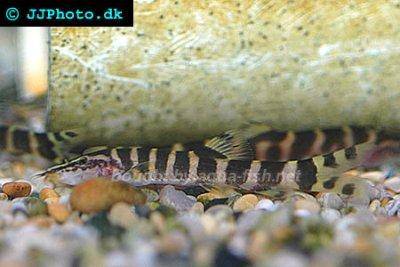



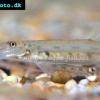 Horseface
Horseface 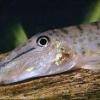 Horseface
Horseface 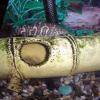 YoYo
YoYo 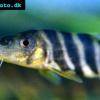 Bengal
Bengal 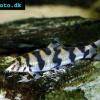 Burmese
Burmese  Myanmar
Myanmar 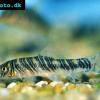 Zebra
Zebra 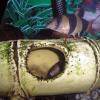 Clown
Clown  Dojo
Dojo 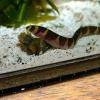 Kuhli
Kuhli 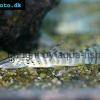 Tiger
Tiger 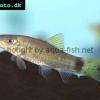 Tailspot
Tailspot 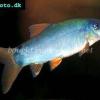 Blue
Blue